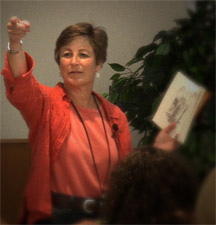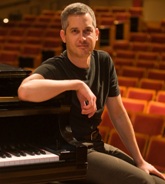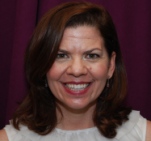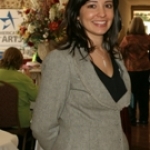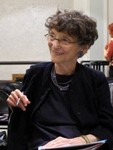
Merryl Goldberg
DREAM & TELL!: Arts Integration Models at Work (Part One)
Posted by Mar 15, 2012

Merryl Goldberg
In considering quality, engagement, and partnerships, I’m really thrilled to be writing about DREAM and TELL!
Developing Reading Education through Arts Methods (DREAM) is a four-year arts integration program funded through the United States Department of Education Office of Innovation and Improvement: Arts in Education Model Development and Dissemination Grant Program.
Theater for English Language Learners (TELL!) is a multi-year project with funding this year from the National Endowment for the Arts, Arts in Education category.
Both programs are partnership programs involving school districts, a university, and professional artists. In this post and my next one, I will describe each of these projects. This one introduces DREAM.
“Some schools don’t have what kids need to enjoy school,” said Jordan Zavala, 9. “I used to have a hard time reading, but since I’ve been in Mr. DeLeon’s class I’ve done better because we act out what we learn. It’s really been fun.” (San Diego Union Tribune 2/10/12)
The DREAM program is a partnership of the San Diego County Office of Education via the North County Professional Development Federation, and Center ARTES at California State University San Marcos.
The program’s goal is to train third and fourth grade teachers to use visual arts and theater activities to improve students’ reading and language arts skills.
Read More
